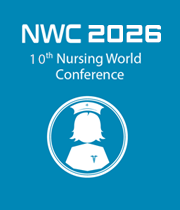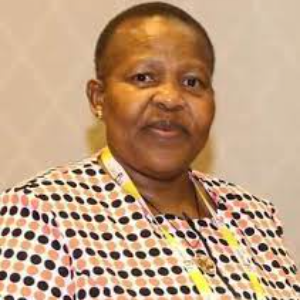Title : : Health workforce optimization analysis: Optimal health worker allocation for health facilities in Lesotho
Abstract:
Introduction: The Ministry of Health, through financial support from Irish Aid, engaged the Clinton Health Access Initiative to perform analysis to understand current and future health workforce needs in order to support efforts to improve planning of human resources for health. The objective of the human resources optimization analysis was to determine the optimal number of priority cadre of health care workers to adequately meet current demand for services at each health facility.
Applications of the analysis include:
Applications of the analysis include:
1. Identify immediate optimization of existing resources
2. Foundation for evidence-base staffing strategy
Methodology: Triangulation method using expert panel discussion, time motion, questionnaire and desk review of Ministry of Health documents.
Limitations of Workload-Based Demand Models:
The facility-level targets calculated through this model should be interpreted with some caution since demand indicators may be imprecise. HMIS data was not available for all health facilities across all of the health service indicators and some facilities may not have reported a full year of data. Averages were used to represent missing values where appropriate. Under reporting is also a concern with HMIS data collection, in which case the true demand for human resources could be higher. This analysis relied on the judgment of clinical experts and observations of patient provider interactions at health facilities to determine the work activity measurements needed by different health workers to manage different types of patient cases. Since patient management is not an exact science, data collected from these patient-provider interactions are inherently subjective. The model does not include extraneous variables that may impact how different populations utilize their surrounding health facilities, such as the physical distance between an individual’s home to the nearest health centre, age distribution across catchment areas, medical equipment available at the health facility, or disease incidence across different communities.
Results: The analysis indicated that Lesotho has 98% of nursing and medical staff needed to meet current demand. However, this is far below the WHO minimum threshold of 4308, this is likely explained by the low population coverage of services like adult and paediatric Anti-Retroviral Treatment, facility based deliveries, etc. The analysis also showed that the distribution of health workers is inequitable: health centres, being the entry level of formal health sector have 51% of the nursing and medical staff that they need. While hospitals generally have not only adequate staff, but some have nearly twice the number of needed nurses and midwives.
conclusion: Findings showed where workload with regard to demand for health services is; rational staff deployment needed. Therefore implementing the results of this analysis can effectively address health challenges.
Take Away Notes:
• Health resources will never be enough but the demand are forever growing therefore it is prudent for health systems to use resources maximally to achieve positive health outcomes
• Continuous assessment of health service delivery is important to inform decision making on how and where to put more resources



